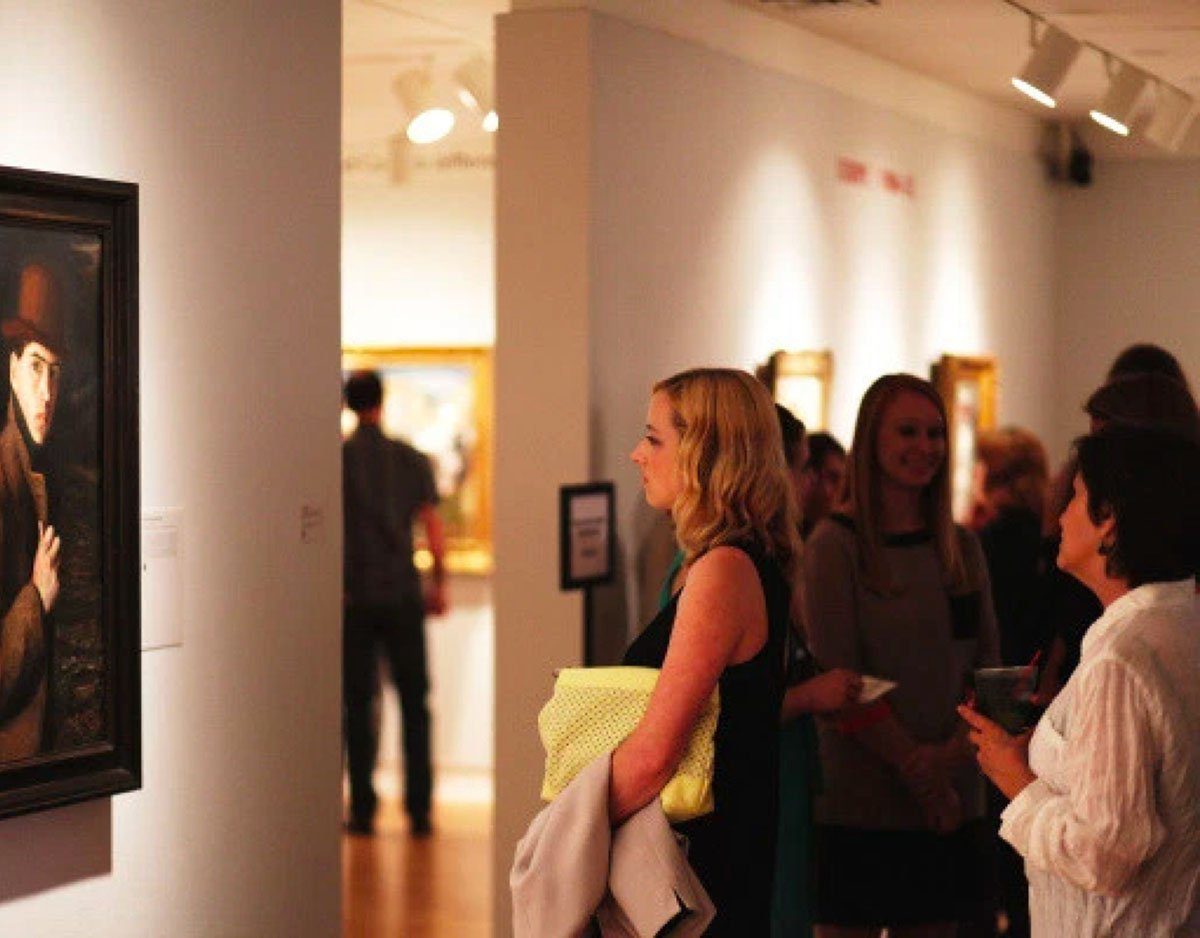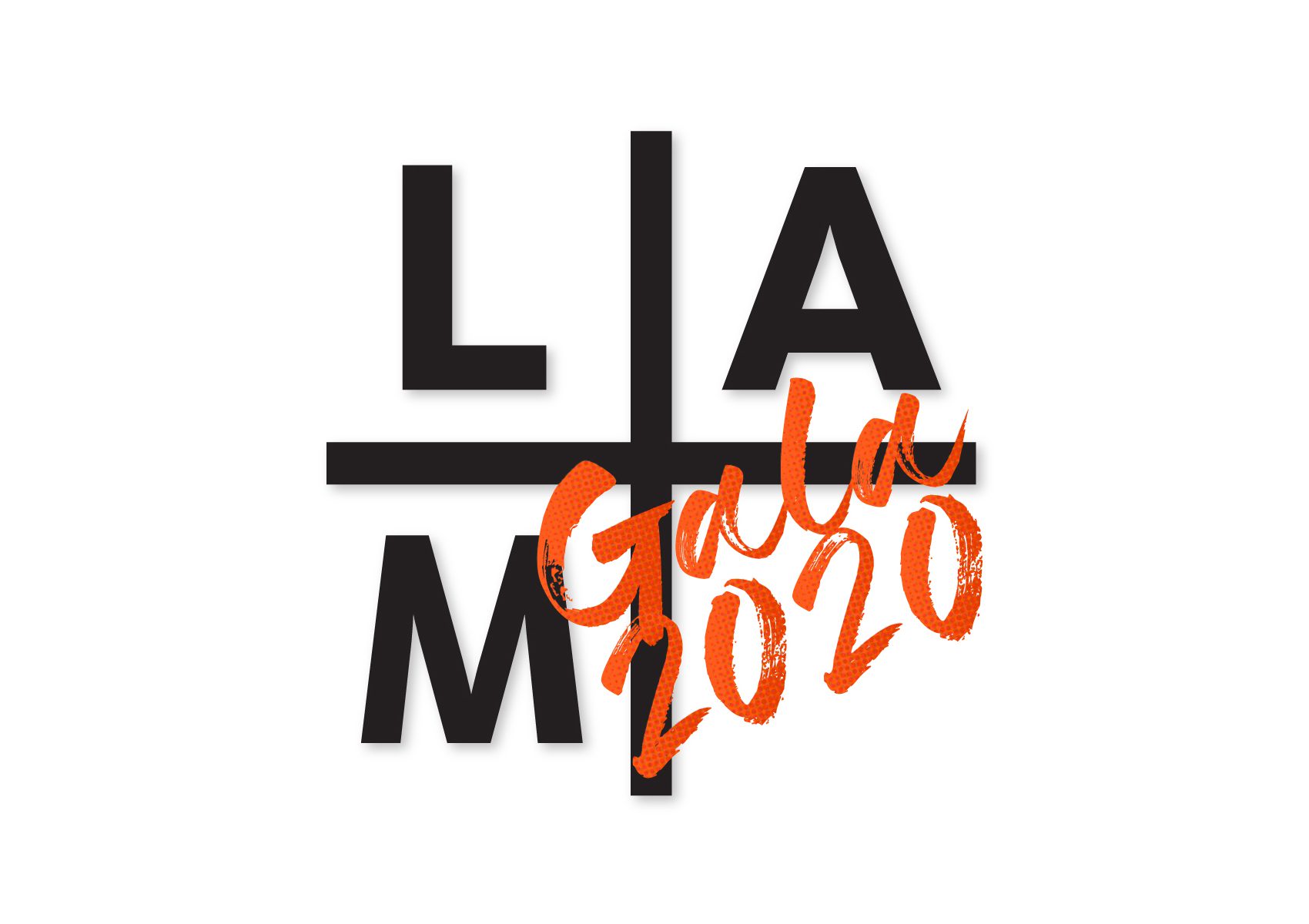Collections Policy
As a private, nonprofit organization, Laguna Art Museum is responsible for acquiring, managing, preserving, and displaying a collection of works of art for the cultural enrichment of the community of Laguna Beach and the public at large. The museum’s Collections Policy describes the guidelines that govern the acquisition and disposition of works of art in the museum’s permanent collection or held as assets of the museum. Laguna Art Museum collects works of art that were created in California or by artists closely associated with California, or that represent the life and history of the state.
Acquisitions
- 1.1 The cornerstone of any museum is its collection. It is the responsibility of the museum to acquire objects for its collection, to maintain them for use in exhibitions, education, and research, and to preserve the collections in perpetuity. Acquisition and preservation of objects are primary responsibilities of the board of trustees, the director, and the curatorial staff.
- 1.2 All new acquisitions must be consistent with the stated goals of the museum, be accompanied by valid legal title, and be properly catalogued and conserved. All objects shall be acquired within the context of enriching the museum’s existing collections. The only exception shall be material donated without restriction and with the explicit understanding that it may be sold or traded in order to provide funds.
- 1.3 Objects shall be accepted only if the museum can provide for their storage, protection, and preservation under conditions that ensure their availability for museum purposes and which are in keeping with professionally accepted standards.
- 1.4 A legal instrument of conveyance setting forth an adequate description of the objects involved and the precise conditions of transfer shall accompany all gifts and purchases and shall be kept on file at the museum. This document shall be signed by the seller or donor and by the director or curator.
- 1.5 The director or his or her designated representative shall present works offered as gifts or proposed as purchases to the Collections Committee for a majority vote. If approved, the recommendation will go before the Board, also for a majority vote.
- 1.6 If, after consultation with the appropriate curator, the director should decide that a restricted donation would be advantageous to the museum, the restrictions must be approved by the Collections Committee and afterward scrupulously observed. When restrictions are attached to an accession, all documents relating to the restrictions must be included as part of the restricted work’s accession file.
Loans to the Museum
- 2.1 Long-term loans may be accepted for the purpose of exhibition or research. The museum’s policy shall be that long-term loans should be considered only if the works are a promised gift to the collection. Every reasonable effort shall be made to convert existing long-term loans into unrestricted gifts to the collection. Because of limited storage space, long-term loans shall be reviewed annually at the Collections Committee meeting nearest in date to the anniversary of the loan. Decisions to renew or end loans shall be based on the usefulness, as described above, of the loans under consideration.
- 2.2 Loans of six months or less shall be considered temporary loans. These loans shall be made at the discretion of the director.
Loans from the Museum’s Collection for Exhibitions
- 3.1 Loans from the collection shall be made only to nonprofit institutions with programs that focus on the presentation of art. These institutions must demonstrate an ability to care for the art and display the art in a manner acceptable to the museum.
- 3.2 Loans of six months or less shall be made at the discretion of the director. Requests for loans involving longer than a six-month period shall be brought to the Collections Committee for review and to the board for final approval.
- 3.3 The museum shall charge such processing fees as are determined by the director and staff.
Deaccessions
- 4.1 In order to improve the quality of its holdings, strengthen the character of those holdings, and maintain adequate safe storage space, the museum reserves the right to edit its collection. Objects may be considered for deaccessioning (removal from the collection) for a variety of reasons:
- a. The object is of poor quality or lesser quality in comparison with other objects of the same type in the collection.
- b. The museum has no legitimate claim to ownership of the object (for example, if it was imported in violation of applicable state and U.S. federal laws).
- c. The authenticity or attribution of the object is determined to be false or fraudulent, or the object lacks sufficient aesthetic merit or art-historical importance to warrant retention. A forgery shall be so marked indelibly before disposal to prevent further deceit and shall not be falsely represented in the case of disposal by sale.
- d. The physical condition of the object is such that restoration is impossible or would render the object over 50% non-original material, or the cost would exceed 25% of the restored value. Objects damaged beyond reasonable repair shall normally be destroyed.
- e. The object or objects fall outside the mission of Laguna Art Museum as a museum of California art.
- 4.2 The deaccessioning process shall be initiated by the director, who, after conversation with the relevant curator and appropriate review of the facts and circumstances, shall present the request to the Collections Committee at a regularly scheduled meeting or by written consent. After a majority vote by the Collections Committee and a majority vote by the Board, an accessioned work shall be considered deaccessioned.
- 4.3 The director shall determine the time and method of disposal or trade. No sale of or trade of deaccessioned objects may be permitted which involves or benefits (either directly or indirectly) any member of the museum staff, governing body, or volunteer organizations.
- 4.4 Complete and accurate records shall be maintained on each object removed from the collection and on the circumstances of its disposal. In the case of sale or trade, the primary means of identifying and referring to the work on all contracts, correspondence, and communications shall be first, through the museum accession number for that work; second, the artist’s name, third; the title.
- 4.5 The disposal of a deaccessioned work shall be by sale to, or exchange with, another museum; sale by public auction; or sale through a well-known and reputable art dealer. The disposal shall be conducted to maximize the yield to the museum without compromising the highest standards of professional ethics, the museum’s standing in the community, or its responsibilities to the donor and the artist.
- 4.6 Monies received from the sale of permanent collection art works may only be used to acquire new works for the collection.
- 4.7 As a matter of courtesy, a reasonable effort shall be made by the museum to contact the donor of any work under consideration for deaccessioning. Circumstances may warrant extending similar courtesy to the heirs of a donor. When a donated object is deaccessioned and sold or traded, permission shall be sought from the donor or heir to transfer donor acknowledgment to any object acquired with the funds thereby raised.
- 4.8 Deaccessioning and disposal must comply with all applicable local, state and U.S. Federal laws in force at the time, and must observe any items and obligations pertaining to the original acquisition of the work by the museum.

Subscribe To Our Newsletter
Receive news about collections, exhibitions, events, and more.






